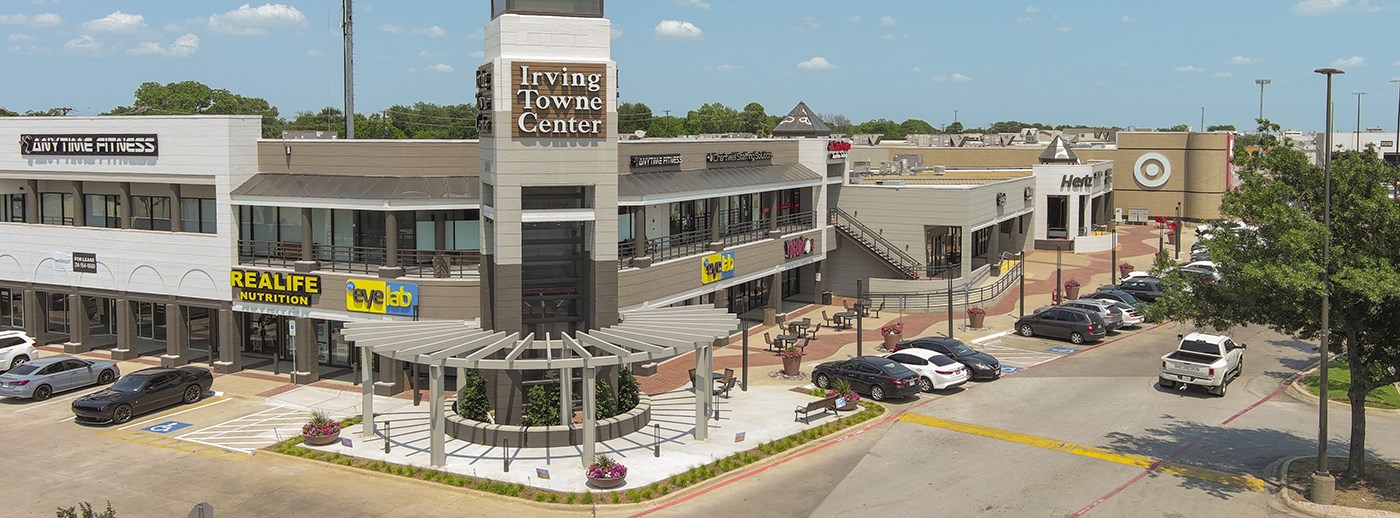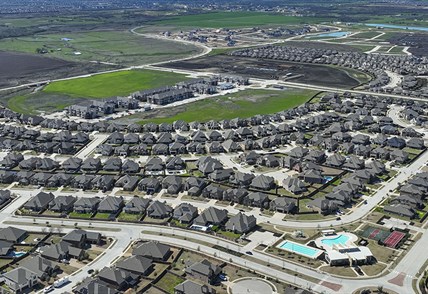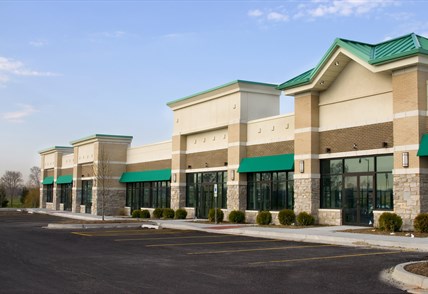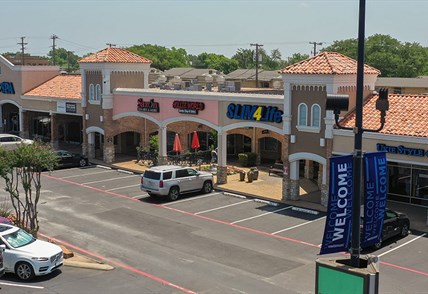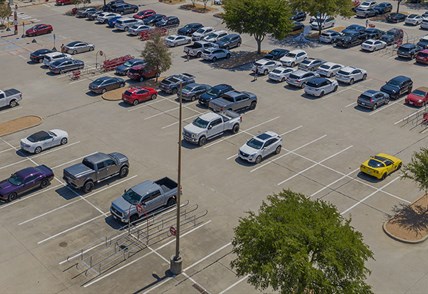By Herb Weitzman, Executive Chairman, Weitzman
Despite decades of back-to-back challenges, the Dallas-Fort Worth retail continued to evolve and transform to evade every obstacle to its growth and emerge stronger. In the case of challenges like ecommerce, Amazon and the pandemic-induced shutdown of 2020, the market not only evolved, it embraced the challenges and learned how to creatively bounce back stronger.
As a result of the market’s careful pivoting, the Dallas-Fort Worth retail market today is, without a doubt, the strongest of the commercial real estate categories.
To prove my point, I compared the results of Weitzman’s new mid-year 2023 retail market review with the mid-year numbers for office, multi-family and industrial properties in D-FW. Weitzman only reviews retail real estate, and we are a client of CoStar, the world leader in commercial real estate information. So for the purpose of comparison, we’re using CoStar’s June 2023 reports on the non-retail CRE types.
During 2022, D-FW’s retail market not only recovered from the challenges of the pandemic, but it also ended the year with the highest market occupancy Weitzman has recorded since our first market review in 1990.
As of mid-year 2023, the market maintained this record-high occupancy, even in light of marketwide closings from two legacy retailers, Bed Bath & Beyond and Tuesday Morning. The new vacancies entered a market that is experiencing strong leasing in existing space. In a tight market like this, and thanks to these retailers right-sized locations in well-located centers, landlords are already entertaining multiple LOIs for these availabilities.
So let’s look at the numbers:
RETAIL: As of mid-year, Weitzman’s review shows a vacancy rate of approximately 5.5 percent, on par with the record posted at year-end 2022.
OFFICE: As office occupiers increasingly downsize as their workforces go hybrid, D-FW’s office market as of June 2023 posted an occupancy rate of 18.8 percent.
MULTI-FAMILY: The multi-family sector has been one of the hottest for both construction and investment, but weaker leasing this past year has resulted in a vacancy rate of 8.8 percent.
INDUSTRIAL: Industrial has recently been viewed as the strongest commercial real estate sector, and by all accounts it remains an exceptionally strong performer. But as a period of active development means that supply is now catching up with the demand, and industrial vacancy is now a bit higher at 7.1 percent.
Based on this comparison of our retail numbers to CoStar’s numbers for the other CRE product types, retail real estate posts vacancy that is a full 1.6 percent lower than the next strongest product type, industrial.
This retail market health has been a long time coming. Overbuilding in the 1980s and, to some extent, the 1990s meant that supply often outpaced demand, resulting in typical vacancy rates of 10 percent or more.
But since then, retail has right-sized. Occupancy continues to maintain its healthy level thanks to brick-and-mortar retailers that have proven again and again their ability to remain essential through transformations that meet customers preferences for personalization, convenience, experience and curated selections.
Leasing in existing space throughout the market continues to backfill market vacancies and lift overall occupancy. Existing space remains at a premium in part due to D-FW’s years-long trend of limited new retail construction that is anchor- or user-driven for the most part. Little, if any, speculative space is being added in new projects, such as the new H-E-B locations.
The market also continues to experience the extremely conservative development climate that began in 2018. The limited deliveries continue to elevate existing space to a premium, which is not only keeping rates stable but resulting in noteworthy rent increases for the best-located space.
During 2023, based on projects completed or expected to be completed during the calendar year, D-FW is on track to see retail deliveries of approximately 641,000 square feet in new and expanded retail projects totaling 25,000 square feet or more.
The 2023 construction total is extremely conservative for a tight retail market in one of the country’s most robust metro economies, and it marks the third consecutive year of record low construction. The only years with lower new deliveries were in 2022 and 2021.
In 2022, when construction in new and expanded retail centers totaled only 538,700 square feet, the total marked the lowest Weitzman has ever recorded for D-FW since it first reviewed the market in 1990.
As a matter of contrast, D-FW as recently as 2017 recorded retail construction that exceeded 4 million square feet of new space.
One area where construction is expected to increase exponentially over the next decade is in D-FW’s new-growth submarkets.
These are rapidly growing suburban communities where houses are fast replacing what not long ago had been farm and ranch land.
Communities that are seeing increased retail growth designed to meet booming residential growth include North Texas’s fastest-growing town, Celina, where the population has increased by 104 percent since 2020!
That’s why retail projects are in the works in growth areas like Celina, and retailers like H-E-B and Costco have selected sites for new stores in these high-growth residential areas.
Because no matter how much retail evolves and transforms, one truism still holds: Retail follows rooftops. And since D-FW is one of the strongest residential markets in the country, we expect to see the market remain a strong, if not the strongest, performer in commercial real estate for the foreseeable future.
And based on our job growth numbers, the housing boom has no end in sight. Texas outpaced the nation with an astonishing 650,000 (!) net new jobs in 2022. And in Texas, no one added more jobs than D-FW. Last year, D-FW added 235,200 new jobs – jobs that drive retail sales and retailer expansions to new levels.
This Insight originally appeared in D CEO.